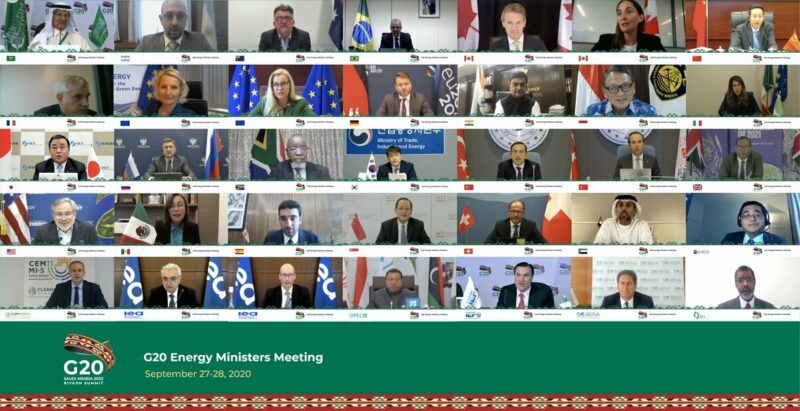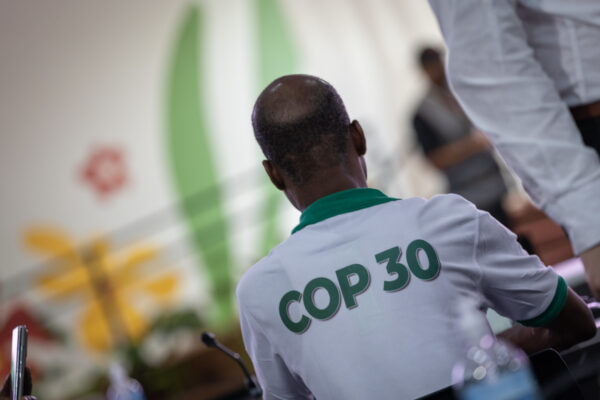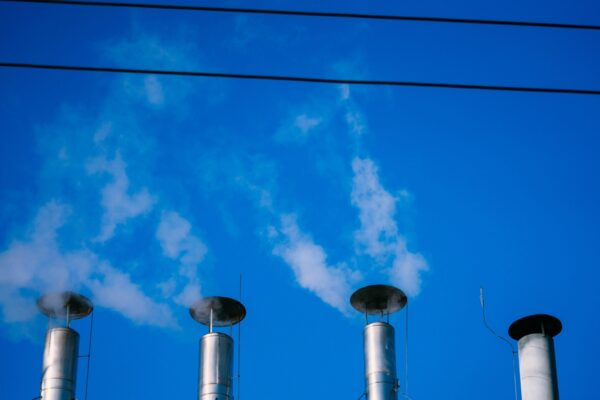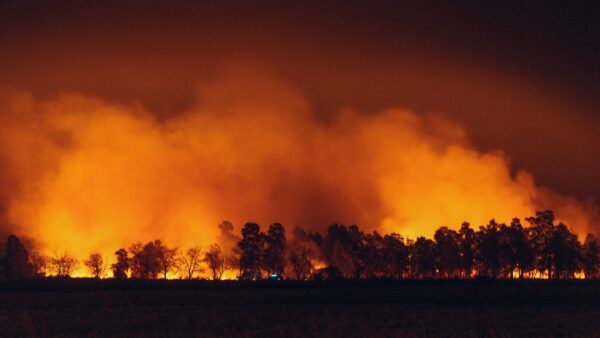G20: Energy emissions decline, renewables grow but recovery spending for coal, oil and gas risks reversing positive pre-COVID trends
Share

The 2020 edition assesses the climate performance of G20 countries and includes analysis of the emissions impacts of the COVID-19 crisis and governments’ responses.
2019 has seen a remarkable departure from the long-term growth trend in energy-related emissions and a stable expansion of renewables in the G20. But researchers caution that by providing unconditional support to fossil fuels, governments recovery responses risk reversing, instead of locking in, positive pre-COVID trends.
At least 19 of the G20 countries have chosen to provide financial support to their domestic oil, coal and/or gas sectors and 14 countries bailed out their national airline companies without climate conditions attached. Only four G20 countries provided more funding to green sectors compared to fossil fuel or other emissions-intensive industries.
“The recovery packages can solve the climate crisis or make it worse,” says Dr. Charlene Watson of the Overseas Development Institute. “Some G20 members like the EU, France or Germany are setting mostly a good example for building more resilient economies whilst shielding themselves against the accelerating climate impacts. Others direct too much support to fossil fuels, putting at risk positive recent developments.”
Key figures:
- In 2019, energy-related CO2 emissions declined in G20 countries for the first time due to climate policies rather than due to external shocks (such as the 2008/09 financial crisis), namely by 0.1%, down from a 1.9% growth in 2018.
- Due to the impacts of the pandemic, G20 energy-related CO2 emissions are projected to be 7.5% lower by the end of 2020 compared with 2019. Most notably, global aviation emissions collapsed this year.
- The share of renewable energy in power generation increased in 19 of the G20 countries in 2019, accounting for 27% of power generation in the G20. It is projected to continue increasing in all G20 countries and will likely make up almost 28% of power generation in 2020.
- Coal consumption decreased by 2%. Notably, only five G20 members have set targets to phase out coal.
- Growth in building emissions slowed in 2019 (+0.9%) compared to 2018 (+3.2%).
- Emissions in transport (+1.5%) and industry (+1.2%) both saw continued growth in the G20 in 2019.
“Before the pandemic hit, results of climate action were coming to fruition in some energy-related sectors and the crisis consolidated those trends in the majority of the G20 countries,” says Jorge Villarreal of Iniciativa Climática de México. “But without further climate action these effects will be temporary and concentrations of CO2 in the atmosphere continue to rise. The political choices in the coming months will determine whether G20 countries manage to sustainably bend the emissions curve.”
With China, South Africa, Japan and South Korea the most recent to join the race to carbon neutrality by mid century, the report finds that the momentum behind tougher climate targets among the world’s largest emitters is building. However, short-term policy frameworks and investments are not yet consistent with long-term plans.
This is despite the fact that climate-related weather extremes such as heat waves, wildfires and flooding will become more severe in G20 countries as global warming approaches the 1.5°C mark. Among G20 members, Australia, Brazil, France, Italy, Mexico, Turkey, India, Saudi Arabia and South Africa risk greater exposure to climate-related impacts compared to global projections at 1.5°C.
The analysis also identifies critical differences in how governments are responding to the decarbonisation challenge. For instance, Japan, France, the UK and Canada all set target dates for phasing out fossil fuel cars, while in comparison, the Trump administration rolled back regulations aimed at reducing transport emissions. While 18 of the G20 countries are in the process of or have already implemented carbon-pricing schemes, Australia and India have no such plans. Further, while Canada, France, and the UK have introduced fully restricted public financing for coal, China, India, Indonesia, Russia and South Africa have no restrictions in place.
“We urgently need more ambition and leadership from the world’s biggest economies – and emitters – at the upcoming G20 Summit and next year’s UN Climate Conference” says Catrina Godinho from the HUMBOLDT-VIADRINA Governance Platform. “The US election result offers some hope for international climate politics, but all G20 countries will need to do their part.”
“The country profiles show what the G20 countries did – or did not do – in 2019 to protect the climate,” says Dr. Kim Coetzee of Climate Analytics. “Now governments must align current policies, investments and recovery efforts with their long-term emissions goals. This report enables leaders to take a broader view and to find inspiration and impetus to decarbonize the sectors where they risk being left behind.”
This year’s report analyses G20 countries’ performance across 100 indicators of climate adaptation, mitigation and finance. The 6th annual review by Climate Transparency includes an additional chapter dedicated to G20 government responses to the COVID-19 crisis and the latest emissions data and projections for 2020. The G20 represent 75% of global greenhouse gas emissions.
About Climate Transparency
Climate Transparency is a global partnership of 14 think tanks and NGOs that brings together experts from the majority of G20 countries. Our mission is to encourage ambitious climate action in the G20 countries: we inform policy makers and stimulate national debate.
About the Climate Transparency Report
The Climate Transparency Report (previously known as „Brown to Green Report”) is the world’s most comprehensive annual review of G20 countries’ climate action and their transition to a net zero emissions economy. The independent, in-depth assessment draws on the latest analysis of international renowned data sets such as the OECD, World Bank, CAT and IEA, as well as qualitative data from leading global experts in the field.
The review is based on 100 indicators for adaptation, mitigation and finance compared against 1.5°C global benchmarks and aims to make good practices and gaps transparent. The summary report and 20 country profiles allow the report to be a clear reference tool for decision makers.
This year’s report consists of two parts: the annual policy assessment based on data of the previous year(s) is complemented by an analysis of the impacts of the COVID-19 crisis and recovery efforts on countries’ climate ambition.











